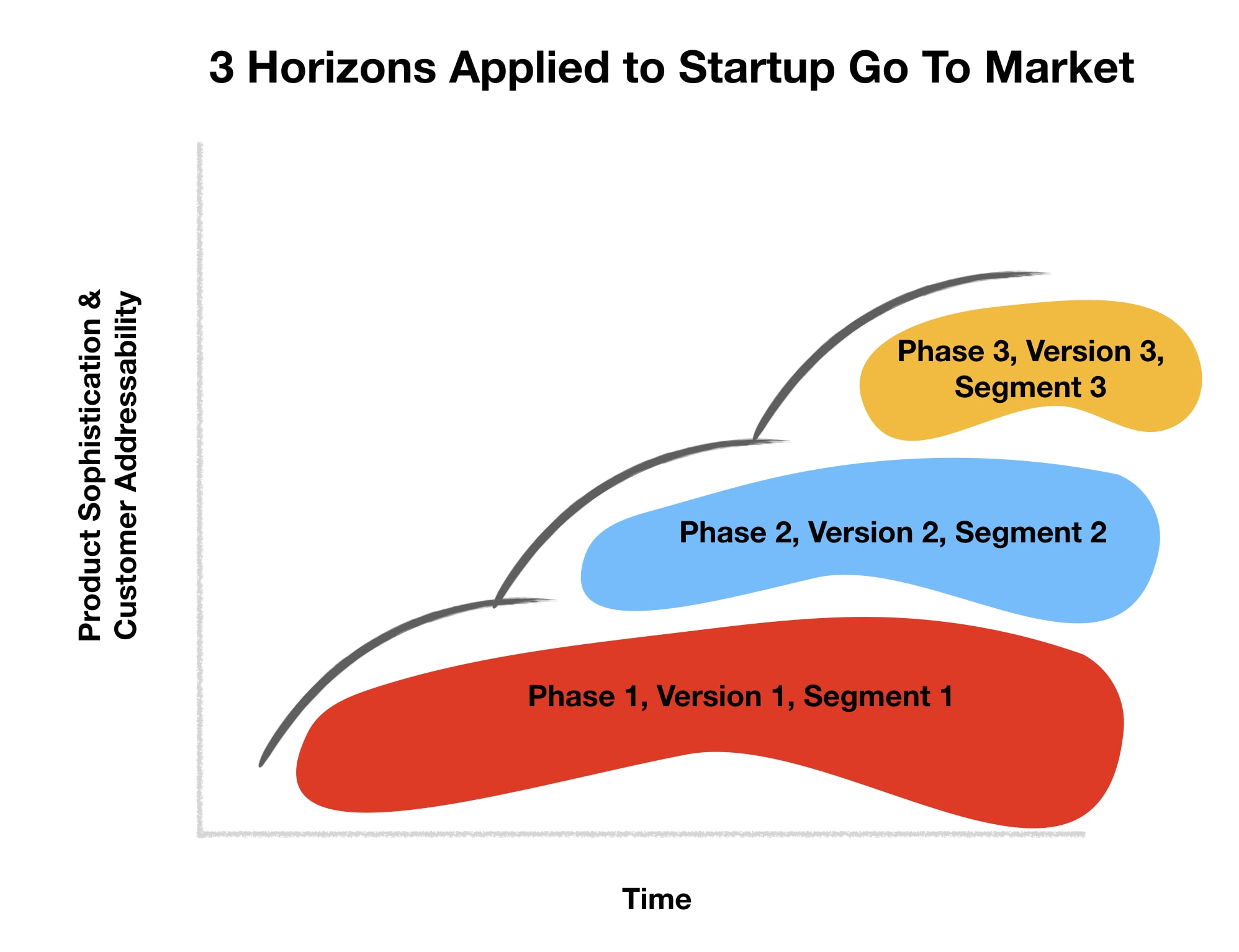 Customers will pay you to build your SaaS product. It’s one of the great advantages of a SaaS model. Annual prepay contracts - wherein customers pay for a year’s cost on day - is a free loan from customers. And every startup can benefit from this advance. There’s only one requirement: you must be able to sell your product while you’re building it.
Customers will pay you to build your SaaS product. It’s one of the great advantages of a SaaS model. Annual prepay contracts - wherein customers pay for a year’s cost on day - is a free loan from customers. And every startup can benefit from this advance. There’s only one requirement: you must be able to sell your product while you’re building it.
Step 1 is reaching product market fit, the point at which some group of potential customers will pay. This minimum viable product is likely very thin. Despite its thinness, there is an initial customer segment willing to pay for it.
Then the startup develops a go-to-market to identify others who belong to that segment, and sells the basic product to them. The company collects revenue, hires more engineers and develops the second version of the product.
Phase 2 may take many forms. It may be to increase the product’s price and sell it to the same customers (feature expansion). It may be to sell to a different customer segment (move up-market or pursue a new vertical). Or it may be to sell the product in a different way (self-sign up vs inside sales).
Phase 3 to Phase n, however long into the future, repeats this idea.
This strategy requires the product roadmap be architected to put new features and products into market early and often. Building a product for a long time without customers starves the business of revenue. This revenue is non-dilutive capital. With enough money coming in, the business requires less external capital to grow and improve the product. But this is easier said than done. The company must maintain the product in a salable state. Product and engineering teams must work in synchrony, and the company must possess a good understanding of the market requirements early on.
There are exceptions to this idea. First, if you can raise huge sums of capital and you know the market cold. Second, the market requires a fully developed product before acceptance. Snowflake is a company that we work with at Redpoint that meets both these criteria. They developed their software for years before releasing it.
Setting aside these exceptions, many startups can benefit from releasing a product into market that generates cash to finance the development of a better product. It may take extra product effort, but the increase in capital efficiency pays for the investment many times over.